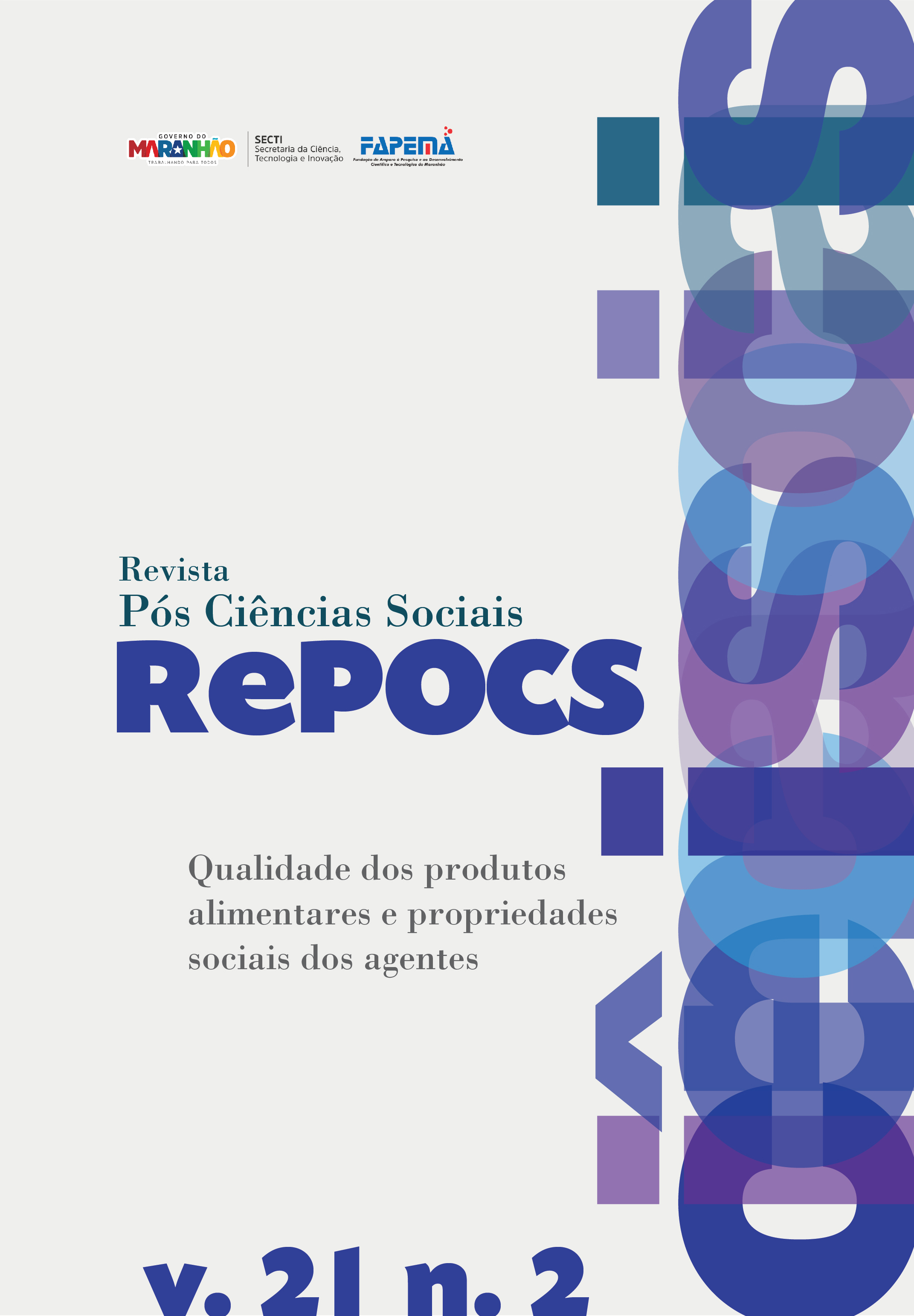Peteca de banana or “petit gâteau?” Tradition, tourism and gastronomy
DOI:
https://doi.org/10.18764/2236-9473v21n2.2024.11Keywords:
Peteca de banana, Banana, Tourism, Gastronomy, Heritage, HeritagizationAbstract
In Bananeiras, a town in Paraíba that has bananas in its place name, sugar cane plantations competed for space with orchards historically cultivated by small and large landowners. Residents and sharecroppers were not authorised to plant them next to their fields, making access to fruit exceptional for the poorest. Even the abundant bananas were only consumed by them when they were very ripe and their sale was jeopardised. That’s when anonymous and skilful cooks would turn them into banana petecas, a “hunger-killer” dumpling offered preferably to children. Economic conversions led Bananeiras to tourism from the 2000s onwards, when the symbolic investment in “typical” products such as the banana peteca grew. Adapted for visitors, it became gastronomy and was declared official local heritage. This article seeks to understand the transformations of the peteca following the memory of its socially differentiated consumption, focussing on the various agents of the Caminhos do Frio Cultural Route (2006), which had a significant influence on this process.
Downloads
Downloads
Published
How to Cite
Issue
Section
License

This work is licensed under a Creative Commons Attribution 4.0 International License.
Direitos autorais Revista Pós Ciências Sociais
Este obra está licenciado com uma Licença Creative Commons Atribuição 4.0 Internacional.


